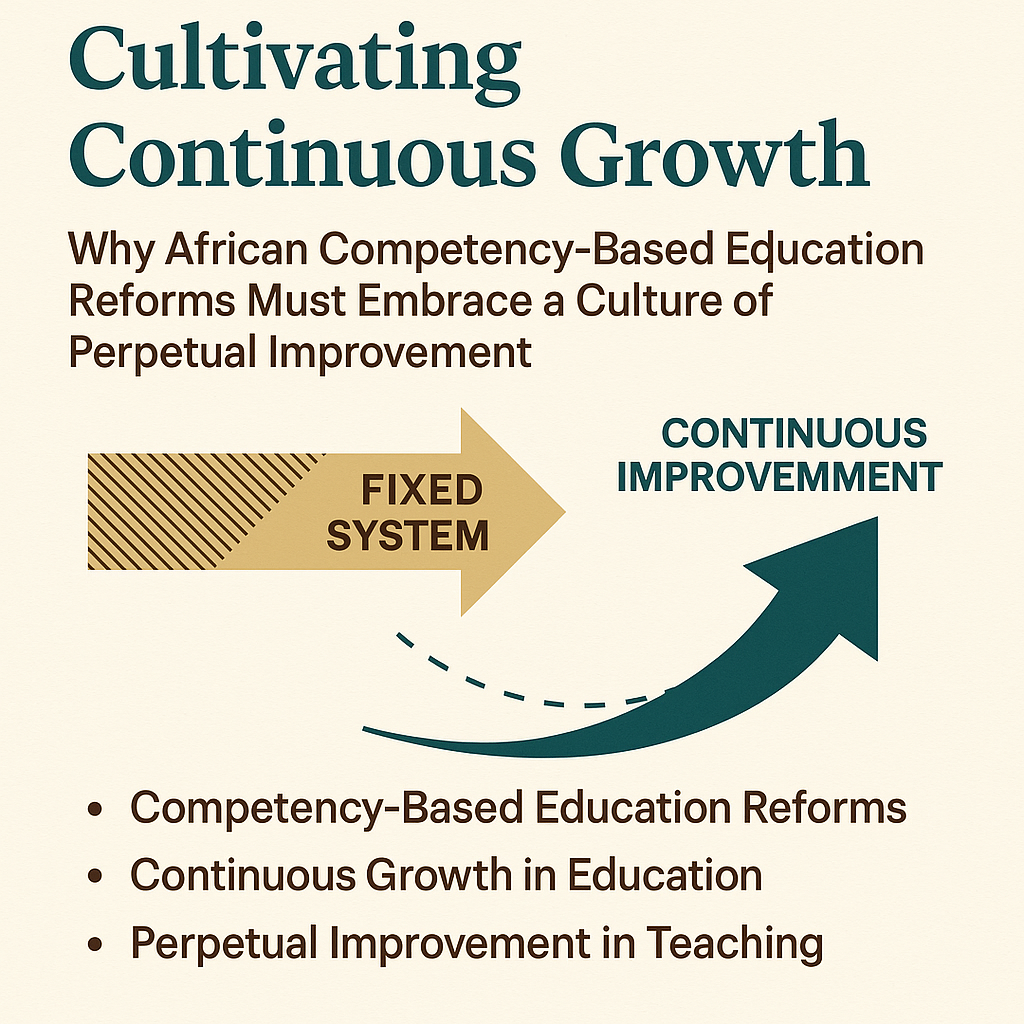
As the world continues to evolve at a rapid pace, so too must our education systems. In Kenya, the education curriculum is undergoing significant transformations to better prepare students for the challenges and opportunities of the 21st century. This blog explores potential future developments and innovations in the Kenyan education curriculum, considering emerging trends, global best practices, and the evolving needs of students.
1. Integration of Technology in Education
Technology is revolutionizing education worldwide, and Kenya is no exception. The future of the Kenyan education curriculum will likely see a deeper integration of technology to enhance learning experiences:
- E-Learning Platforms: With the success of e-learning during the COVID-19 pandemic, platforms like Kurasa are becoming integral to education. These platforms provide interactive and personalized learning experiences, enabling students to learn at their own pace.
- Virtual Reality (VR) and Augmented Reality (AR): These technologies can bring subjects to life, offering immersive learning experiences. For example, students can explore historical sites virtually or conduct complex scientific experiments in a simulated environment.
- Artificial Intelligence (AI): AI can offer personalized learning paths, adapt to students’ learning styles, and provide real-time feedback, enhancing both teaching and learning processes.
2. Competency-Based Curriculum (CBC) Enhancement
Kenya’s shift to a Competency-Based Curriculum (CBC) marks a significant step towards more holistic education. Future enhancements to the CBC might include:
- Skills Developments: Emphasizing critical thinking, problem-solving, and creativity. These skills are crucial for the 21st-century job market and can be integrated through project-based learning and interdisciplinary approaches.
- Assessment Innovations: Moving away from traditional exams to more formative assessments that provide continuous feedback and focus on students’ practical application of knowledge.
- Career Pathways: Introducing career guidance and vocational training at earlier stages to help students identify and pursue their interests and strengths.
3. Global Best Practices and Localization
Adopting global best practices while tailoring them to the Kenyan context will be crucial:
- Inclusive Education: Ensuring that the curriculum caters to diverse learning needs, including those of students with disabilities. This could involve specialized training for teachers and the development of adaptive learning materials.
- Cultural Relevance: Integrating local culture, history, and values into the curriculum to ensure that education remains relevant and meaningful to Kenyan students.
- Collaborative Learning: Encouraging group work and peer-to-peer learning to build teamwork and communication skills, which are essential in the global economy.
4. Sustainability and Environmental Education
As environmental issues become increasingly pressing, embedding sustainability into the curriculum is vital:
- Environmental Awareness: Teaching students about climate change, conservation, and sustainable practices from an early age.
- Green Schools: Promoting sustainable practices within schools, such as recycling programs, energy conservation, and the use of green technologies.
- Community Projects: Encouraging students to participate in community-based environmental projects to foster a sense of responsibility and practical experience in sustainability.
5. Holistic Education and Well-being
A future-forward curriculum must also address the holistic development of students:
- Mental Health Education: Integrating mental health awareness and support systems within schools to ensure students’ emotional well-being.
- Physical Education: Promoting physical health through sports and activities that encourage an active lifestyle.
- Life Skills: Teaching essential life skills such as financial literacy, digital citizenship, and interpersonal skills to prepare students for adulthood.
6. Teacher Professional Development
For the curriculum to be effective, continuous professional development for teachers is crucial:
- Ongoing Training: Regular workshops and training programs to keep teachers updated on the latest educational technologies and pedagogical strategies.
- Mentorship Programs: Establishing mentorship and peer-support networks to foster professional growth and collaboration among educators.
- Incentives for Innovation: Providing incentives for teachers to innovate in their teaching methods and curriculum delivery.
Conclusion
The future of education in Kenya is bright and full of potential. By embracing technological advancements, enhancing the Competency-Based Curriculum, adopting global best practices, and focusing on sustainability, well-being, and professional development, Kenya can create an education system that not only meets the current needs of its students but also prepares them for a rapidly changing world. As we look ahead, it is essential to remain adaptive and forward-thinking, ensuring that the Kenyan education curriculum evolves to provide high-quality, relevant, and impactful education for all students.


